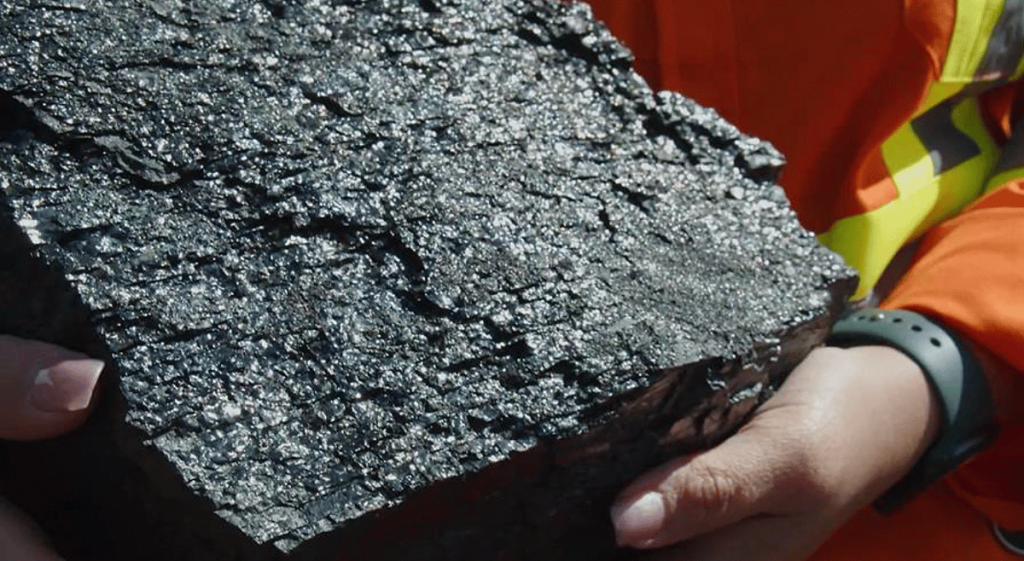Grassy Mountain Coal Mine Proposal Sparks Debate Over Economic Benefits and Environmental Concerns
Coleman, Alberta – A proposal to reopen the Grassy Mountain coal mine near Coleman in the Crowsnest Pass has ignited a heated debate between those who see it as an engine of economic revival and those concerned about its potential environmental impact. The project, spearheaded by Australia-based Northback Holdings, aims to revitalize an area with a century-long mining history that has lain dormant since the 1980s due to extensive environmental damage. While proponents highlight the project’s potential to create much-needed jobs and boost economic development, particularly for young people and First Nations communities, critics express apprehension over the potential for further environmental degradation in a sensitive ecosystem. This complex situation also raises questions about the government’s role in balancing economic imperatives with environmental stewardship and responsible resource management.
The heart of the controversy lies in the perceived conflict between economic opportunity and environmental protection. The Crowsnest Pass region, known for its scenic beauty and natural resources, has struggled economically in recent years. The Grassy Mountain mine’s reopening promises a significant injection of capital and the creation of well-paying jobs, a prospect that resonates strongly with local residents. A non-binding plebiscite held last November revealed overwhelming support for the project, with over three-quarters of residents voicing their approval. This strong local endorsement underscores the importance of the project to the community’s economic future. However, environmental groups and some residents express deep concerns about the potential impact on water quality, wildlife habitats, and the overall ecological integrity of the area. They argue that reopening the mine could exacerbate existing environmental problems and jeopardize the region’s delicate ecosystem.
Adding fuel to the fire is the Alberta government’s handling of the proposal. Mines and Minerals Minister Brian Jean’s decision to grandfather the project under existing regulations, circumventing stricter environmental reviews applicable to new projects, drew considerable criticism. Critics argue that this move undermines the province’s commitment to environmental protection and favors corporate interests over the long-term health of the environment. They also point to the lack of clarity surrounding the province’s overall coal policy, fueling suspicions that the government is prioritizing economic gains over environmental safeguards. Government representatives, however, maintain that no open season on coal mining exists and that all new applications, including Grassy Mountain, must adhere to stringent requirements. They insist current policy remains in effect while the government finalizes new regulations.
The Grassy Mountain project itself involves not only extracting the remaining coal reserves but also reclaiming the existing environmental damage. Northback Holdings contends that their mining and reclamation efforts will go hand-in-hand, resulting in a net positive environmental outcome. The company plans to mitigate the environmental impact through modern mining techniques and comprehensive reclamation efforts aimed at restoring the landscape and improving water quality. However, skeptics remain unconvinced, questioning the feasibility of effectively reclaiming such extensive and long-standing environmental degradation. They are particularly concerned about the potential impact on water resources and the long-term effects of mining activities on the surrounding ecosystem.
The Alberta Energy Regulator (AER) held public hearings last month in Calgary to address an application from Northback Holdings related to an exploration program at Grassy Mountain. These hearings provided a platform for various stakeholders, including local residents, environmental groups, Indigenous communities, and industry representatives, to voice their concerns and perspectives on the project. The AER’s role is to thoroughly evaluate the environmental, social, and economic aspects of the proposal before making a decision. This rigorous review process allows for input from all stakeholders and is designed to ensure that any potential impacts are carefully considered. The AER’s final decision will have far-reaching implications for the future of the Crowsnest Pass and the broader discussion surrounding responsible resource development in Alberta.
The Grassy Mountain coal mine proposal exemplifies the complex challenges governments face in balancing economic development with environmental protection. The project’s potential to create jobs and stimulate economic growth in a struggling region is undeniable. However, the potential environmental risks and the ongoing debate surrounding the government’s handling of the proposal highlight the need for a cautious and transparent approach to resource development. The AER’s final decision will be a pivotal moment, not just for the Crowsnest Pass community but also for Alberta’s broader policy direction on balancing economic needs with environmental stewardship. The outcome will likely influence future resource development projects and shape the conversation around responsible resource management in the province for years to come.


